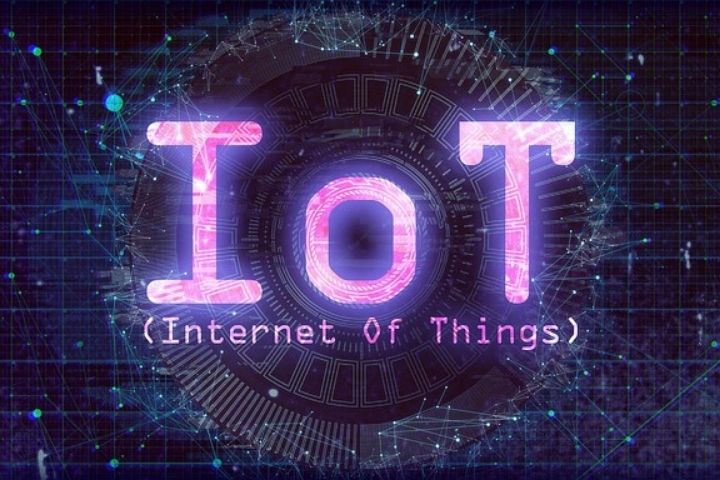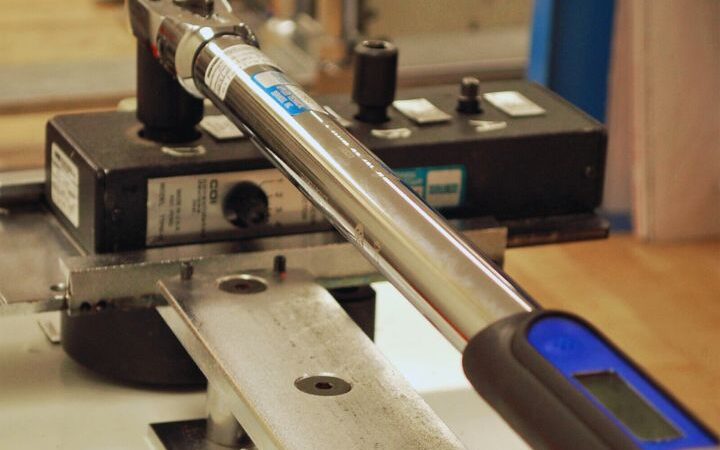Internet Of Things Applications

The ‘Internet of Things’ (or IoT) Applications has taken on different meanings. For the most part, it has established itself as the concept that describes the extensive implementation at reduced cost of sensor technologies and computing power destined to tasks such as collecting large amounts of data and enabling, for example, smart thermostats or new functionalities in connected vehicles .
The possibilities offered by its applications are of immense value, so limiting it only to the field of sensor systems is very simplistic and restricts too much the combination options that its components allow (sensors, data, computation and algorithms). In the era of big data , we tend to forget where information comes from, from wearables or wearable technology to environmental sensors and their interactions with other elements.
The same concepts that drive IoT – this is how I teach students in the MIT Professional Education program, Beyond IoT: Sensory Intelligence and Smart Technologies – can be applied much more broadly and deeply than most people think.
Table of Contents
Fundamental Principles
To understand how the IoT can benefit companies and have a broader and more accurate perspective on how to implement this technology , it is important that we first know its basic pillars. Let’s say that, in essence, Internet of Things Applications are characterized by the convergence of remote sensing, computing and communication with the aim of facilitating the following tasks:
- Get (or ‘detect’) data in the environment
- Preprocess data locally
- Transmit data to servers
- Combine data from various types of sensors
- Process signals both locally and in the cloud
- Draw inferences and provide details about data using computational techniques such as machine learning
- Make decisions and carry out control actions in the environment
When we envision these principles in practice, we tend to think of “traditional” use cases such as passive environmental monitoring processes: a sensor collects information on air or water quality, this data is pre-processed
locally and broadcast to a central location; then it is used as a basis for making decisions (often with the help of machine learning tools ).
But it doesn’t take much imagination to apply these concepts and processes to more complex computational problems. And it is in these cases where we can see the true potential of the applications of this technology, this is what we mean by ‘Beyond IoT’ (beyond the IoT).
Health
Although it is not yet commercially available, my lab at MIT recently validated the first non-contact ultrasound technique. A pulsed laser illuminates a person’s body, generating small amounts of local heat that create sound waves that propagate and return to the surface of the body, where they meet another laser. The imaging algorithms then create a non-contact ultrasound.
Although the result is similar to a traditional contact ultrasound, both the patient experience and the computing requirements are quite different. Unlike traditional ultrasound, the non-contact system ‘intuits’ the patient’s silhouette through computation , before it can construct an image. This technology offers multiple applications: for example, in surgeries in patients with burns and other settings where inserting a probe is not the most convenient option.
We would never have thought that such a system would be an Internet of Things Applications, and yet it is, since it collects data, transmits it to a processor and uses complex algorithms to facilitate real-time analysis and facilitate the corresponding decision-making. It is a great example of how this technology can be transferred to other environments
Environmental monitoring
The use of sensors to monitor air or water quality is one of the most classic applications. But by applying sensing, computing, and communication processes more broadly, researchers can gain a sharper and more accurate view of the environment .
For example, instead of using environmental sensors only locally, Internet of Things Applications enables an environmental company to use satellite imagery to determine the amount of light that is reflected off large bodies of water. Of course, you can also get direct information on water quality by taking samples and looking at them under a microscope.
By connecting all the information collected by both means, it is possible to get a more reliable idea than what a simple IoT solution would offer. Therefore, we see that what is truly important is not the IoT sensors (things from the internet of things, to put it colloquially), but the data, which can be mixed and matched in various ways.
Manufacturing
Much progress has been made in the use of connected sensors and IoT systems applied to predictive maintenance tasks in production plants. This is an area known as smart manufacturing or ‘intelligent manufacturing’. Using IoT to monitor systems for signs of wear helps companies in the manufacturing sector extend the life of their machinery and prevent costly problems and unanticipated irregular breakdowns.
The main drawback is that not all components of each machine can be controlled directly. Take the example of a blade for cutting plastic packaging material. Over time, it will wear out and won’t cut as cleanly.
There is no direct way to know precisely how sharp the blade is or how clean the cuts are. However, we can collect the data of the process, such as power or cutting speed, and thus detect small changes and appreciate the signs of deterioration. It is one of the many alternatives based on those IoT principles that provide new value when adapted to another context.
Also read : Data Security: What It Consists Of And What Is Important In Your Company?






